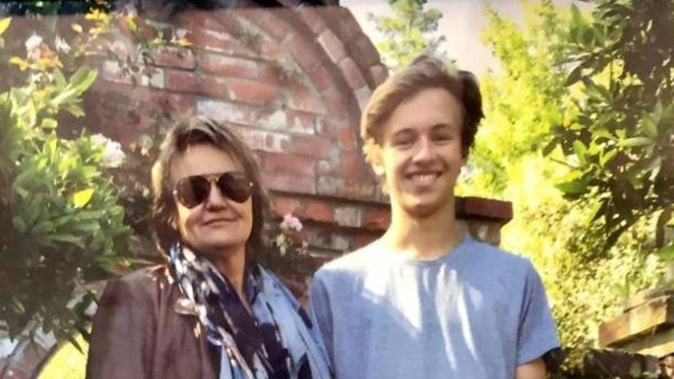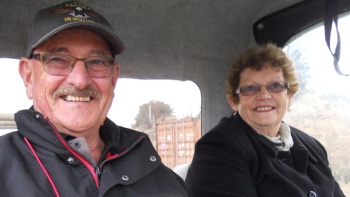
A Robinson helicopter crash that killed two people wouldn't have occurred in any other type of helicopter, a coroner has found, while also calling for black boxes to become mandatory for all helicopters.
A coronial inquest was held last year after Arrowtown 18-year-old James Patterson-Gardner and highly-experienced Wanaka pilot Stephen Combe, 42, died when the Robinson R44 helicopter broke up in-flight while flying over the Lochy River valley in the Eyre Mountains southwest of Queenstown on February 19, 2015.
The men were employees of Queenstown company Over the Top, which operated the helicopter. Patterson-Gardner was the son of Over the Top chief executive Louisa "Choppy" Patterson.
In her findings released today, Coroner Alexandra Cunninghame said the weather was fine on the day of the crash but it was likely the machine encountered an abrupt wind change or gust.
It caused a "main rotor blade divergence sequence", sometimes known as mast bumping, where the blades of the helicopter struck the cabin, breaking it up in mid-air.
/cloudfront-ap-southeast-2.images.arcpublishing.com/nzme/L6UCBOTNVPOGFFNHKTWEG666KU.jpg)
Robinsons are the most popular helicopters in the world. Photo / File
It happened in a matter of seconds and both pilots were killed instantly on impact.
The coroner said that in any other type of helicopter, the accident would not have occurred in these circumstances.
She determined that mechanical fault, pilot behaviour and training, or deliberate initiation of a low-G flight sequence did not contribute to the accident.
"The design of the Robinson rotor head makes the R44 (and the R22) particularly vulnerable to gusts, turbulence, and wind direction changes, even at relatively conservative speeds," Cunninghame said.
"Until more research is done, which can give greater certainty regarding the cause of main rotor blade divergence, Robinson helicopters should not be flown over 70 KIAS [knots indicated airspeed] in areas where moderate to severe turbulence is likely."
She found that the helicopter was being flown well within the recommendations and safety advice in force at the time by an appropriately experienced pilot.
However, the evidence indicated that the airspeed of 102 knots was likely too fast to be safe, because it "increased the risk of a right roll and/or main rotor blade divergence during a low-G event, which can occur due to turbulence".
The coroner determined that it was appropriate to make recommendations so that the New Zealand regulators, and the owners and users of Robinson helicopters are aware of the particular considerations that arise when they are flown in New Zealand's terrain.
Recommendations were made in order to reduce the chance of other deaths in circumstances similar to those in which Combe and Patterson-Gardner died.
The coroner called for mandatory data recording systems in all helicopters and for the Civil Aviation Authority (CAA) to prohibit Robinson helicopters from being flown in forecast moderate or severe turbulence and to restrict the speed of the helicopters in mountainous zones to 70 knots.
Take your Radio, Podcasts and Music with you









